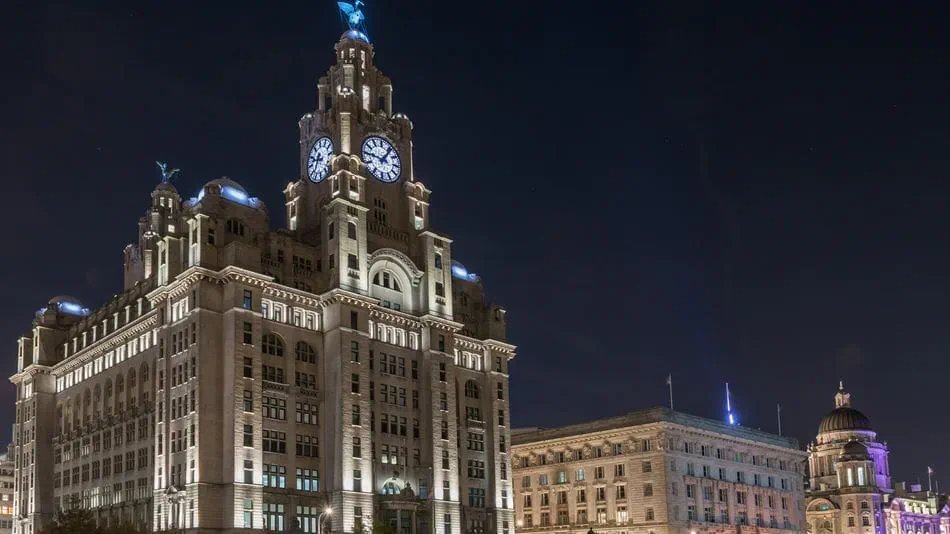 Charlotte Fernández
UKIMEA Press Office,Leeds
Charlotte Fernández
UKIMEA Press Office,Leeds
A new lighting approach, Rediscovering Heritage Lighting, has been launched by Arup to help transform heritage buildings and landmarks through the medium of light.
This new guidance contains an easy six-step framework to inform the internal and external lighting design of heritage buildings, from survey through to strategy. The process can be tailored to any individual project to ensure the final design enhances and highlights the site’s unique history, archaeology, character and appearance.
The six steps in the new framework are:
-
Survey: benchmark the existing lighting scheme and map key viewpoints
-
Research: establish the site’s history and produce a timeline of lighting strategy developments and luminaire modifications
-
Classification: define and classify existing luminaires
-
Luminaire restoration: create a specification for each luminaire based on its construction, material and heritage significance
-
Technical: consider lighting technology, energy use and sustainability
-
Lighting strategy: balance innovative and functional lighting design with conservation requirements

